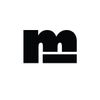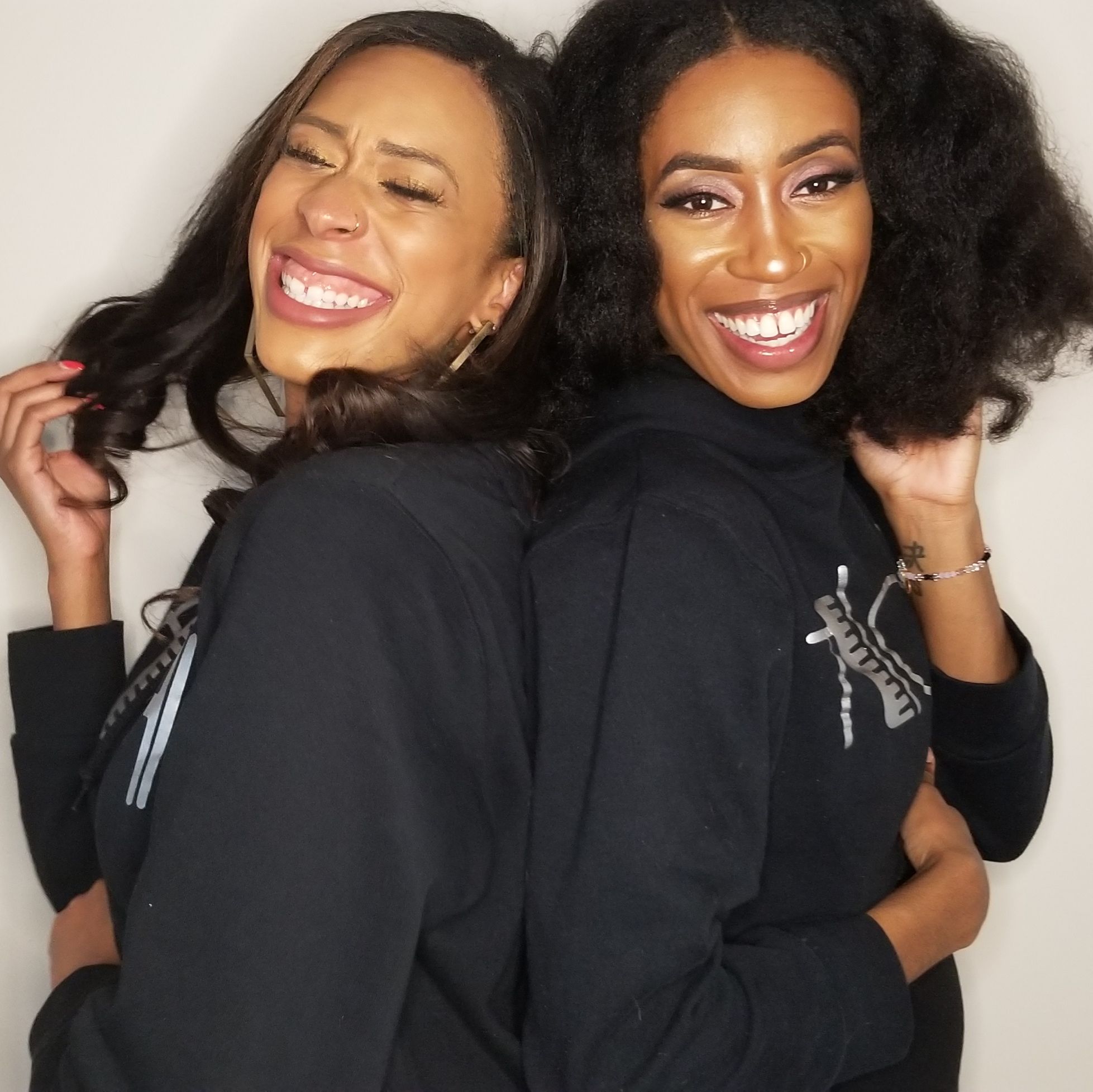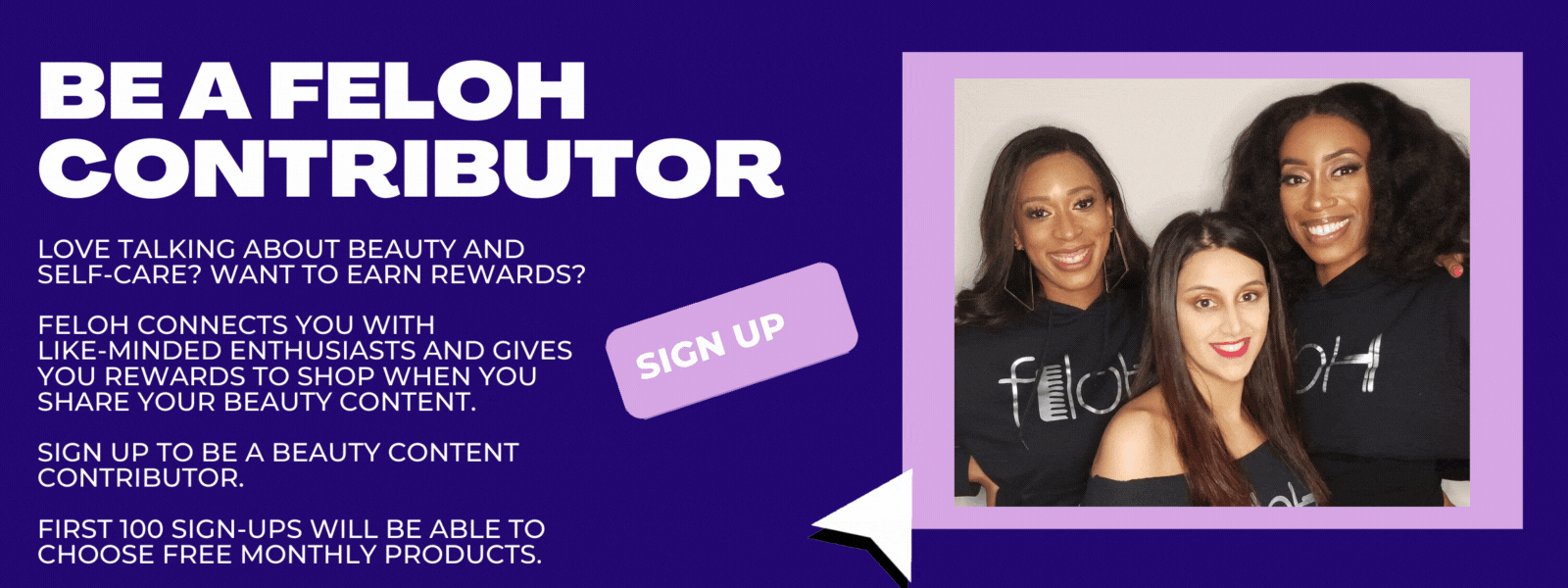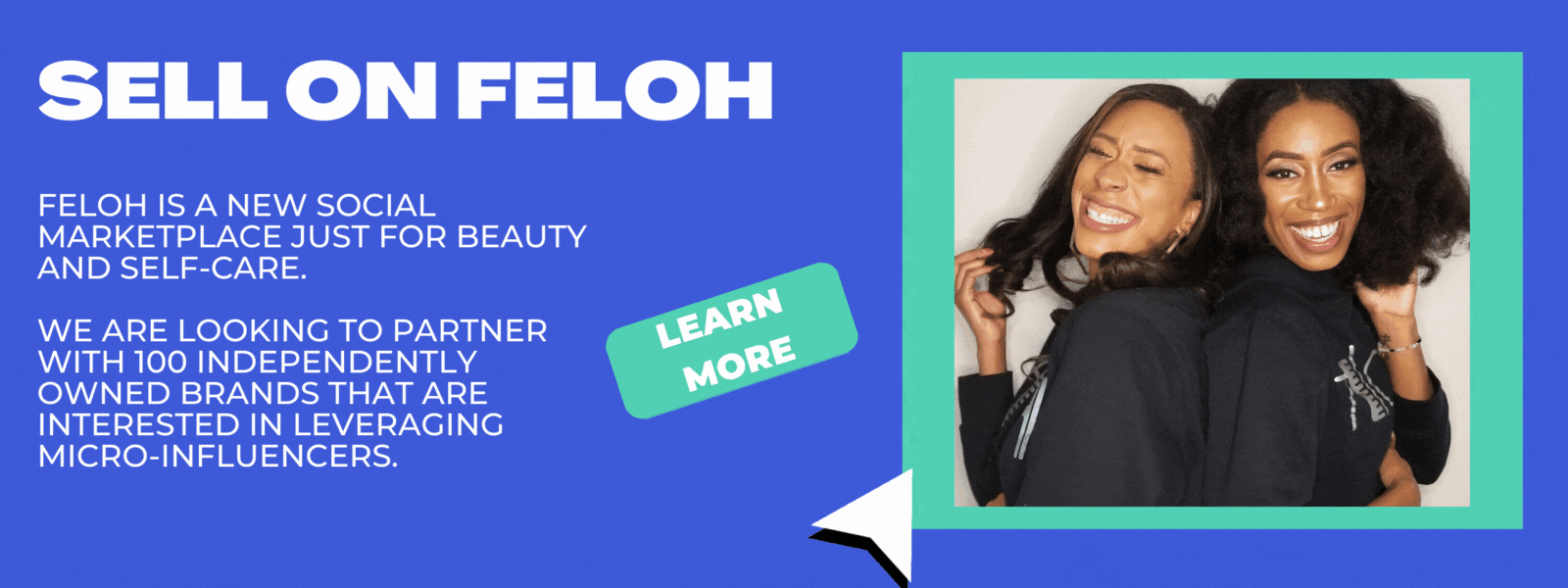For decades, corporate beauty brands have dominated the market and our pockets, thus creating a barrier to entry to entrepreneurs that desire a bite of the billion dollar beauty industry pie.
However, over the past few years, things have changed and those barriers are falling apart.
One report on the beauty industry recently noted, “Small is the new big. Global brands are losing share as small brands and disruptors are gaining.” #ISaidWhatISaid
As this is occurring, new beauty entrepreneurs are peeping game.
Now smaller, niche brands, also known as indie brands, are emerging and are growing fast. However, since they are smaller players in this beauty world, they are fighting for market share and still need help with getting their brand name out, acquiring customers, and more.
FELOH, a female-owned company based in the U.S. is doing their part in elevating and amplifying these indie beauty brands, as well as micro-influencers.
FELOH, founded by Camille Heard and Jacqueline Baron, is a new social marketplace for all things beauty. Their purpose is to champion independently owned brands and beauty lovers so that each side of the market can connect in the most beneficial way. On FELOH when users post content, they are given rewards called Curl Coins to shop in the FELOH marketplace, where independently-owned beauty brands list their products to sell.
Here on Mogul Millennial, FELOH’s CEO Camille Heard shares more about the makings of their startup, where they are now, and how engaging with indie beauty brands and micro influencers has helped their business.
How did the idea of FELOH come about?
Jacqueline and I met at The University of Pennsylvania as roommates our freshman year. After undergrad, I went to grad school at UNC at Chapel Hill, and Jacqueline started working for Teach for America. Around this time, we started talking about the idea of having a digital space where people could connect with each other and learn from one another as it related to haircare. The idea, which later became FELOH, was very haircare-focused in the beginning, as I was going natural, and was looking for more content in this space. However, after learning more about natural hair life, I realized that there was a greater problem going on in the industry that was bigger than hair, and that's how FELOH came to be. Along this journey, I later connected with Zarin Hamid, who became FELOH’s Chief Admin Officer.
After spending years doing market research, and trying to save up enough money to build out our idea, the FELOH app became available in the app stores in 2019. Unfortunately, a year later, our business took an unexpected turn like most businesses due to COVID. We decided to take a pause to reflect and revise things in our business. Now we’re preparing to relaunch FELOH and are looking to connect with more indie brands and micro influencers.
Why did you all decide to target indie beauty brands and micro influencers?
Independent beauty takes up about 20% of the overall beauty landscape. People don’t realize this, but there's power in a lot of small indie brands and micro influencers. When it comes to the power of the micro influencer, studies are finding that micro influencers have much more compelling conversion rates than big time influencers.
For the past two decades, there has been a standard of beauty that has been kind of forced fed to all of us, and that's changing. For years we didn’t feel represented in beauty. We didn’t see diverse skin tones and textures, and products that were made for us. Now, we have new beauty entrepreneurs that are coming out that are making products that are diverse and flavorful. For us at FELOH, we felt it was important for us to focus on the ones that are adding to this new conversation in the beauty landscape. Many of the brands we have on our platform are founded by women or are minority owned, and we want to see them win, so it was a no brainer to have them on FELOH.
Now, on the other side of the market with micro influencers, we’ve observed that social media makes money off of our data. Like think about it - you Google something, next thing you know, it’s on an Instagram ad. At FELOH, we knew if we're going to make a social community, we needed to do it in an intentional way that was honest to our community, and didn’t enforce the idea of feeling like you had to get your followers or likes up on social media. Through FELOH, we wanted to reinvest and redistribute the power back to those users - those micro influencers. We were very conscious about figuring out a way to give people something for spending their time with us, and that's when the reward system (Curl Coins) kicked in.
How have you built and maintained relationships with your micro influencers and indie brands?
With the brands first, what gets them onboard is the way we reach out. The feedback that we’ve gotten from our brands is that when they get an interest email from us, we stand out. They love the fact that we’re focused on smaller brands, so it makes them feel very special, and that somebody is looking out for them. Also, we try hard to build a relationship early on in a very personable way. For example, when a brand decides to be on FELOH, they get to know me, the CEO, Jacqueline, and Zarin all throughout their onboarding process. We want them to know that this is a homegrown business with real people, and we're very transparent with them about what’s going on.
Now with the micro influencers, we start building relationships with them through social media. On Instagram, we’ll shout them out and make them feel extra special. We also get them free products from our indie brands that’s on FELOH. The thing with the indie brands, they want to get their products in the hands of people who will actually do something with them, and the micro influencers are very passionate about beauty products, so it’s a win-win situation.
From there, once we’ve gotten their attention, we keep building that relationship. Similar to how we interact with the indie brands, the influencers get to know myself, Jacqueline, and Zarin throughout the process. As you’ll see, we're a very founder-faced platform. We do this intentionally because I think there's something special about the human connection. People can identify with brands, but people really identify with other human beings.
How has targeting micro influencers helped you acquire more users for your app?
Anytime our micro influencers share anything or invite people to the platform, they’ll get rewarded with Curl Coins and can earn free products. The idea is that we’ll get some good, rich quality content posted by them, and then the rest of the beauty lovers can come on and check out new products.
Early on, we wanted to figure out how we could bring people into our ecosystem, retain them, and get others on board. Our current strategy helps us do that and more.
During your relaunch process, how are you engaging your current influencer and indie brand base, and attracting new ones?
Thankfully, we’ve been able to retain over half of our indie brands, just from them feeling connected with us and wanting to support us.
We’re currently looking for more brands, so we created a Typeform survey, and have put it out in different listservs where entrepreneurs and beauty brands frequent. We’ve been able to build our own beauty brand email distribution list, and we’ll use that list to connect with potential brands. To get them on board, we remove all barriers to entry, including the initial listing fees, and this has worked well.
After we’ve gotten the brands on board, we work hard to get their listings up and their brand on our marketplace. Even though the new version of our app isn’t live, we’re very transparent with them by sending out frequent informational emails and videos. Overall, we have a very personal touch process that just works.
What is your outreach and onboarding process like?
First, the brands will get an email from Zarin, and she’s pretty much like “Hey, I came across your product on Instagram, I love it. I would love for you to partner with us. We're a new social marketplace for hair and beauty.” From there, she’ll share more about who we are and will include a quick Typeform survey to get them signed up.
Next, after completing the form, they’ll automatically get an in-depth email for me basically saying, “Hey, thank you very much for your interest. My name is Camille and I'm co-founder/CEO of FELOH.” From there, I’ll share more about how FELOH works, and will include a video as well just in case people would rather watch a video. In that same email, they’ll get another form, which is an in-depth intake form.
Once they fill out that in-depth intake form, then they get an email from Jacqueline and she’ll share how she’s the one that’ll work on their listings and much more.
As you see, the brands get three touch points personally from our team to recruit them and bring them in.
With the influencers, the process is very similar, but not as many emails. They’ll get a Typeform survey that’s straight to the point with a call to action. In the survey, it’ll say something like “Hey, are you a beauty lover? Do you want to try some free products in exchange for sharing your true and honest opinion? Cool, just sign up here.” That's it.
With that process, we’re definitely getting some good traction.
Since you all have launched, pivoted, and are getting ready to relaunch, what has been your biggest challenge and your lesson learned from it?
There's been a couple of lessons. The first lesson I learned is you never lose if you choose to learn. At FELOH, we have this thing called L’s - losses turned into lessons. Every year, we sit down and take inventory of the L’s we took, and literally hash out what we learned from it. In nearsight, sometimes things may feel like a loss, but in hindsight when we think about what we went through, it teaches us a lesson from it. My advice, take those L’s, and turn those losses into lessons.
Lesson number two, there’s a difference between making something happen, and allowing what's supposed to happen happen - and it’s an energy thing. Just think of yourself like you’re in the ocean. You may tell yourself, I’m going to make it from here to here, and I'm just gonna force my way there. Yes, you'll eventually get there, but it's gonna be exhausting - and you're probably gonna get knocked down by waves. But if you just let that current ebb and flow you out there, you will get to your destination, and it will be a beautiful process.
That was something that l had to learn personally, and that whole FELOH team had to learn too. We used to think we had to force things just to get stuff done. Once we started to breathe, took some inventory, understood where we were, the journey, and were mindful of the opportunities that were presenting themselves to us, things got better. It was like we would take one step, and then 10 more would come to us.
That’s the thing - things come to you when you let it flow.
As a founder, you have to know the difference between when you're forcing it, and when you're flowing.



